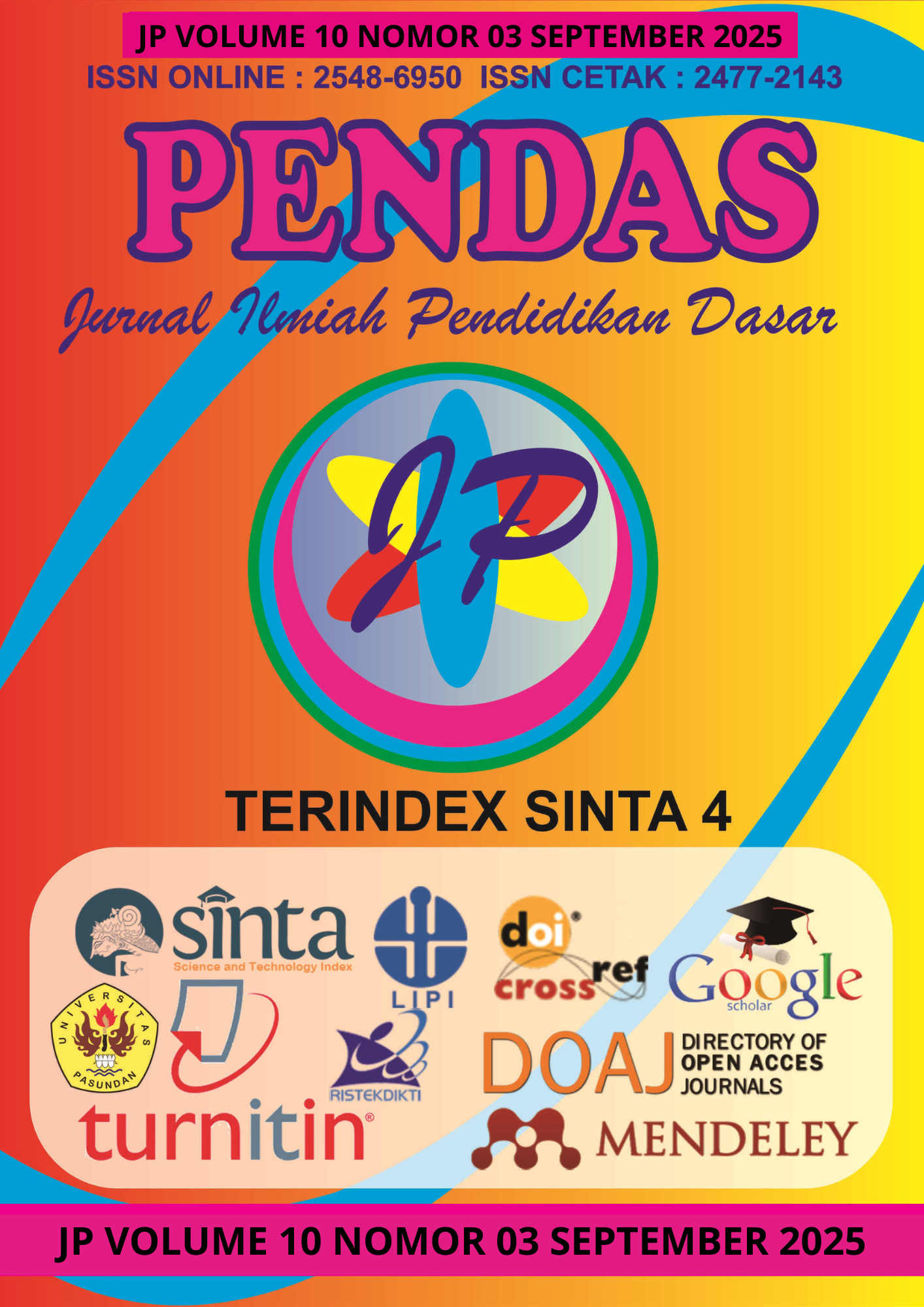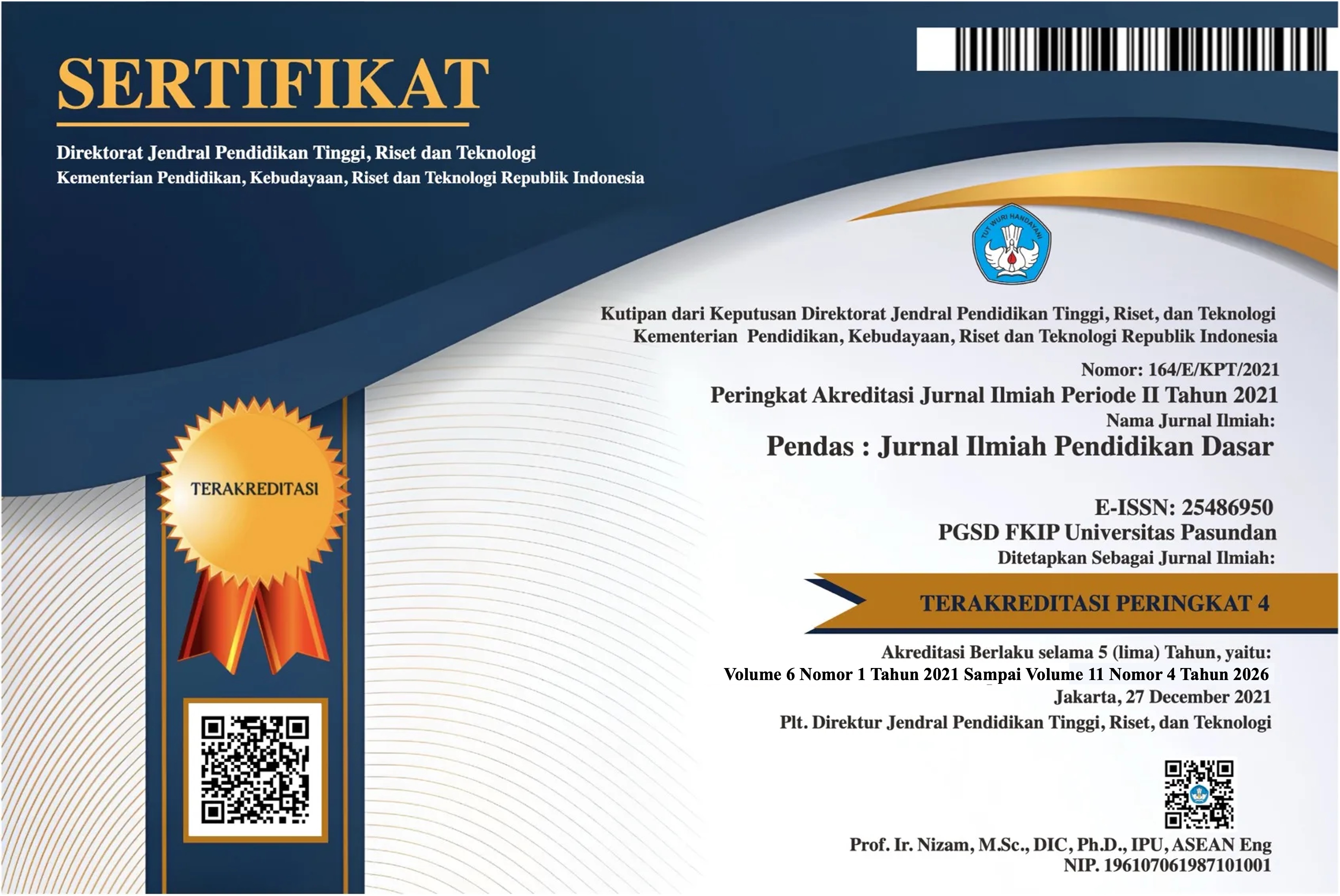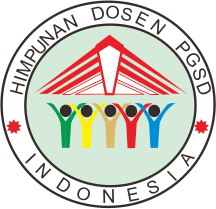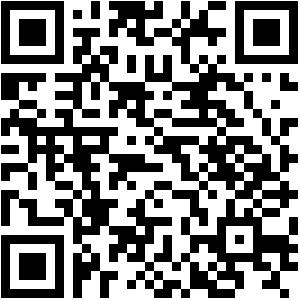PENGARUH MEDIA MICROSOFT OFFICE SWAY UNTUK MENINGKATKAN MINAT BELAJAR SISWA
DOI:
https://doi.org/10.23969/jp.v10i3.32188Keywords:
microsoft office sway, learning interestAbstract
Students’ learning interest is a crucial factor influencing the success of the learning process. The lack of variety in engaging learning media often becomes an obstacle in enhancing students’ interest in learning. This study aims to investigate the effect of implementing the “Microsoft Office Sway” media on improving students’ learning interest at SMPN 4 Bolo. The research employed an experimental method (True Experimental Design) with a Non-Equivalent Control Group Design, comparing a control group that used conventional learning methods with an experimental group that utilized Microsoft Office Sway media. The population of this study consisted of all eighth-grade students at SMPN 4 Bolo, totaling 67 students. The sample included two class groups: class VIII-2 as the experimental group and class VIII-3 as the control group, selected based on purposive sampling criteria. The criteria determined that the selected classes were considered representative of the population. To measure the influence of Sway media on students’ learning interest, the researchers used questionnaire instruments consisting of 25 items for the “Sway Media Implementation” questionnaire and 25 items for the “Learning Interest” questionnaire, analyzed using a Likert scale. Descriptive analysis was conducted to compare the mean scores from both questionnaires. Hypothesis testing was carried out using Simple Linear Regression analysis with Inferential Statistics through SPSS 21. Prior to hypothesis testing, prerequisite analyses, namely normality and homogeneity tests, were conducted to determine whether the null hypothesis (H0) would be rejected and the alternative hypothesis (Ha) accepted, or vice versa.
Downloads
References
Daniyati, A. S. (2023). Konsep dasar media pembelajaran. . Journal of Student Research, 282-294.
Guci, A. A. (2025). Peran Guru Sebagai Motivator Dalam Meningkatkan Minat Belajar Siswa Di SD Negeri 012 Minas Barat. Journal of Sustainable Education, 60-75.
Hasnida, S. S. (2024). Tranformasi Pendidikan Di Era Digital. Jurnal Bintang Pendidikan Indonesia, 110-116.
Kaniawati, E. M.-3. (2023). Evaluasi Media Pembelajaran. . Journal of Student Research, 18-32.
Permana, B. S. (2024). Teknologi pendidikan: efektivitas penggunaan media pembelajaran berbasis teknologi di era digitalisasi. Khatulistiwa: Jurnal Pendidikan Dan Sosial Humaniora. Jurnal Pendidikan Dan Sosial Humaniora, , 19-28.
Persa, P. P. (2023). Pengembangan E-Modul Interaktif Menggunakan Berbasis Microsoft Office Sway Untuk Meningkatkan Pemahaman Konsep Peserta Didik. . Jurnal Pendidikan Indonesia Didaktika, 1.
Putri, M. F. (2022). Penerapan Teknologi Digital Sebagai Media Pembelajaran Bahasa Indonesia Kelas VII SMP Negeri 5 Banguntapan. . Jurnal Ilmiah Program Studi Pendidikan Bahasa dan Sastra Indonesia, 285-300.
Wulandari, A. P. (2023). Pentingnya media pembelajaran dalam proses belajar mengajar. Journal on Education, 3928-3936.
Arikunto, S. (2013). Prosedur Penelitian: Suatu Pendekatan Praktik. Jakarta: Rineka Cipta.
Prastowo, A. (2015). Panduan Kreatif Membuat Bahan Ajar Inovatif. Yogyakarta: Diva Press.
Santoso, S. (2012). Panduan Lengkap SPSS Versi 20. Jakarta: PT Elex Media Komputindo.
Sugiyono. (2019). Metode Penelitian Kuantitatif, Kualitatif, dan R&D. Bandung: Alfabeta.
Arsyad, A. (2017). Media Pembelajaran. Jakarta: PT Raja Grafindo Persada.
Daryanto. (2016). Media Pembelajaran: Peranannya Sangat Penting dalam Mencapai Tujuan Pembelajaran. Yogyakarta: Gava Media.
Prastowo, A. (2015). Panduan Kreatif Membuat Bahan Ajar Inovatif. Yogyakarta: Diva Press
Arikunto, S. (2013). Prosedur Penelitian: Suatu Pendekatan Praktik. Jakarta: Rineka Cipta.
Azwar, S. (2012). Reliabilitas dan Validitas. Yogyakarta: Pustaka Pelajar.
Sugiyono. (2019). Metode Penelitian Kuantitatif, Kualitatif, dan R&D. Bandung: Alfabeta.
Arikunto, S. (2013). Prosedur Penelitian: Suatu Pendekatan Praktik. Jakarta: Rineka Cipta.
Azwar, S. (2012). Reliabilitas dan Validitas. Yogyakarta: Pustaka Pelajar.
Downloads
Published
Issue
Section
License
Copyright (c) 2025 Pendas : Jurnal Ilmiah Pendidikan Dasar

This work is licensed under a Creative Commons Attribution 4.0 International License.



















